Yes, you can restrict access to most apps on Windows 10, and in this guide, you will learn two ways to complete this task.
On Windows 10, the ability to disable access to specific applications can come in handy in many scenarios, like when you want to prevent users from launching built-in tools (such as PowerShell and Command Prompt), to run scripts, or make unwanted system changes. Maybe you need to set up an app that should only be accessible by you and no one else on the computer, or you installed the Microsoft 365 version of Office and since you can't customize the installation, you need to restrict access to some of the best Windows apps to comply with your organization's policies.
Whatever the reason it might be, if you must restrict access to some specific applications, Windows 10 includes at least two ways to disable them using Group Policy Editor or Security Policy console.
In this Windows 10 guide, we will walk you through the steps to disable access to one or more desktop applications on your computer.
How to disable apps access using Group Policy
To disable access to certain apps on Windows 10 with Group Policy, use these steps:
- Open Start.
- Search for gpedit and click the top result to open the Local Group Policy Editor.
-
Browse the following path:
User Configuration > Administrative Templates > System -
On the right side, double-click the Don't run specified Windows applications policy.
- Select the Enabled option.
-
Click the Show button.
-
Confirm the names of the apps you want to block.
Quick note: Only add one name per line. Also, you need to specify the ".exe" file. For example, to block Command Prompt, you would add cmd.exe and pwsh.exe to block the built-in version of PowerShell.
- Click the Apply. button
- Click the OK button.
Once you complete the steps, the apps you specified should no longer be accessible by users configured on the device. The settings should apply immediately, but you may need to restart the computer for the changes to take effect in some cases.
You can always revert the changes using the same instructions, but on step 5, make sure to select the Not configured option.
These instructions will disable access to the apps for all users. However, you can also use the Local Group Policy Editor to apply the settings to one or multiple users while excluding the reset.
How to disable apps access using Security Policy
To prevent users from launching specific apps with the Local Security Policy, use these steps:
- Open Start.
- Search for Local Security Policy and click the top result to open the app.
- Double-click to expand the Software Restriction Policies branch.
-
Right-click the Additional Rules category and select the New Hash Rule option.
Quick tip: If the category is not available, right-click the Software Restriction Policies branch and select the New Software Restriction Policies option.
-
Click the Browse button.
- Browse to the location of the application folder.
-
Select the main executable (.exe) file – for example, cmd.exe.
- Click the Open button.
- Click the Apply button.
- Click the OK button.
- Restart the computer.
After you complete the steps, users will no longer be able to launch the application you specified. You can always repeat the steps to block access to other desktop applications.
If you want to undo the changes, you can use the same instructions outlined above, but on steps 4, right-click the hash of the app currently blocked, and select the Delete option.
If you are disabling applications to prevent users from making system changes, you can use these instructions to restrict access to PowerShell or Command Prompt. You can also restrict access to the Task Manager and Registry.
Furthermore, you can try switching the account type to "Standard User" to prevent users from making system changes and make the account more secure. The only caveat with this approach is that users will still have access to apps like PowerShell and Command Prompt to perform some non-administrative tasks.
More Windows 10 resources
For more helpful articles, coverage, and answers to common questions about Windows 10, visit the following resources:

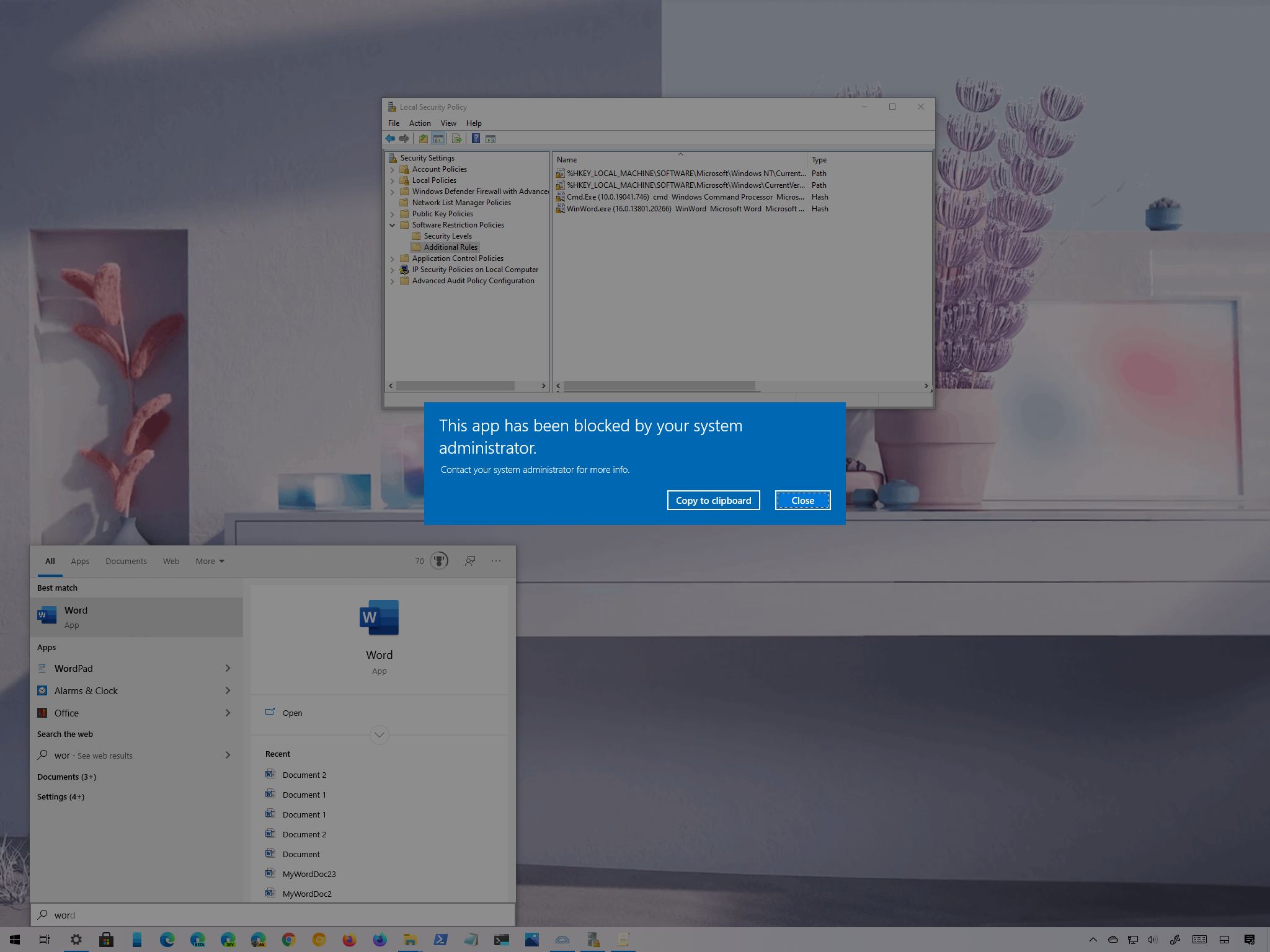
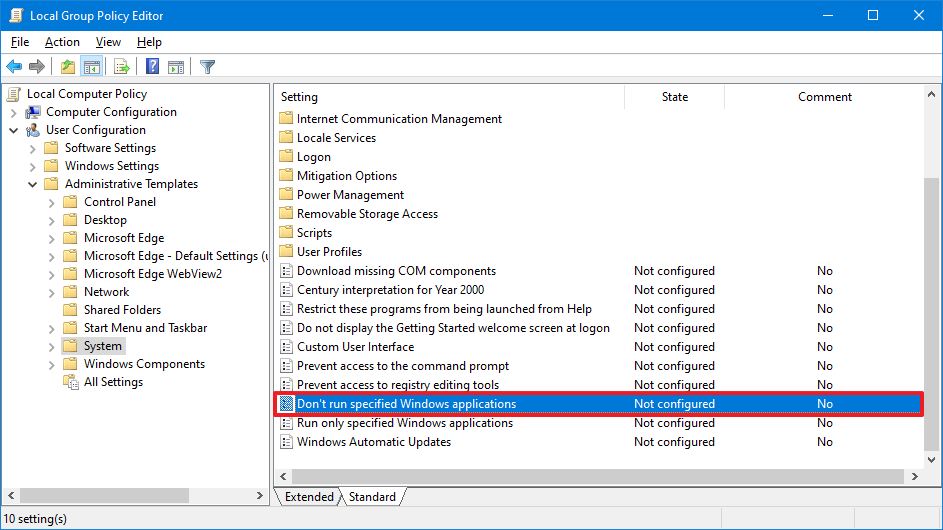
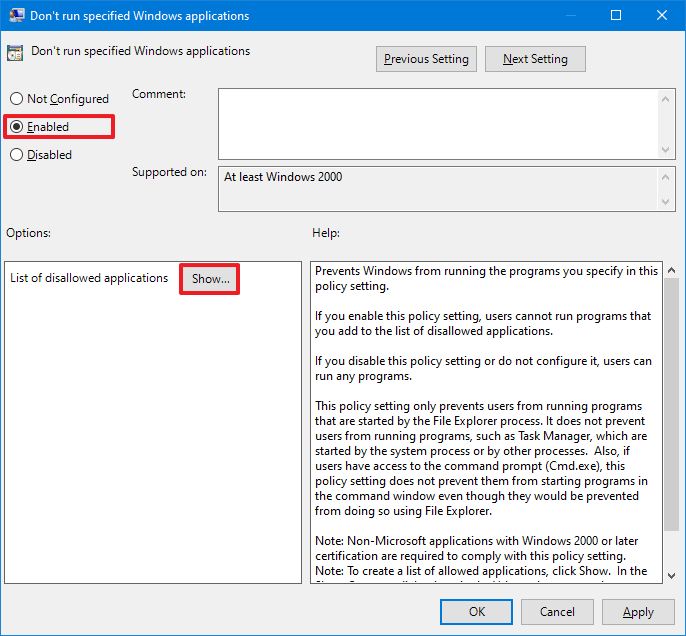
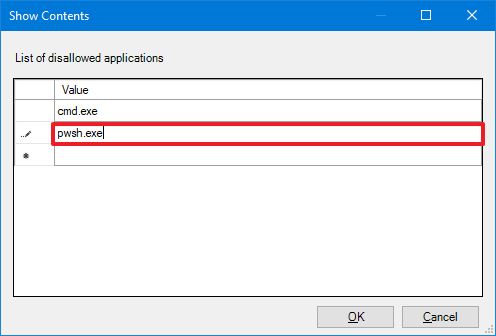
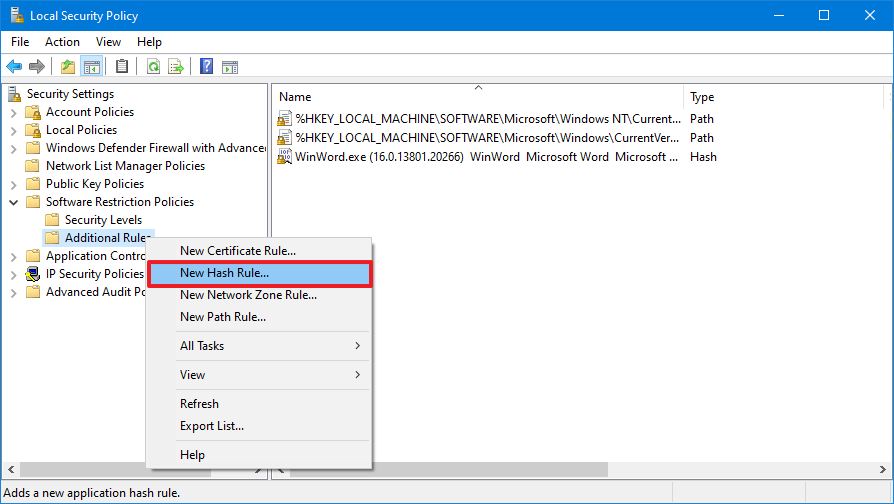
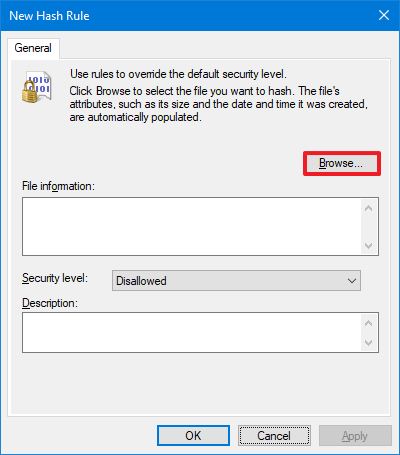
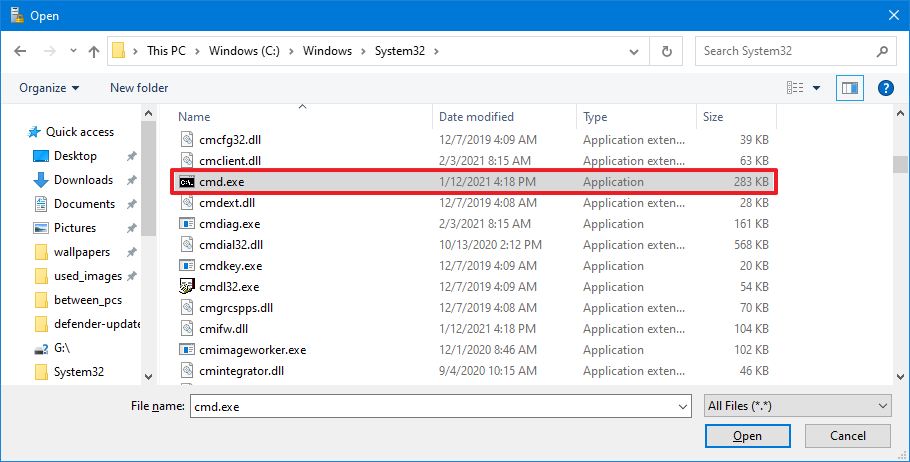



0 comments:
Post a Comment